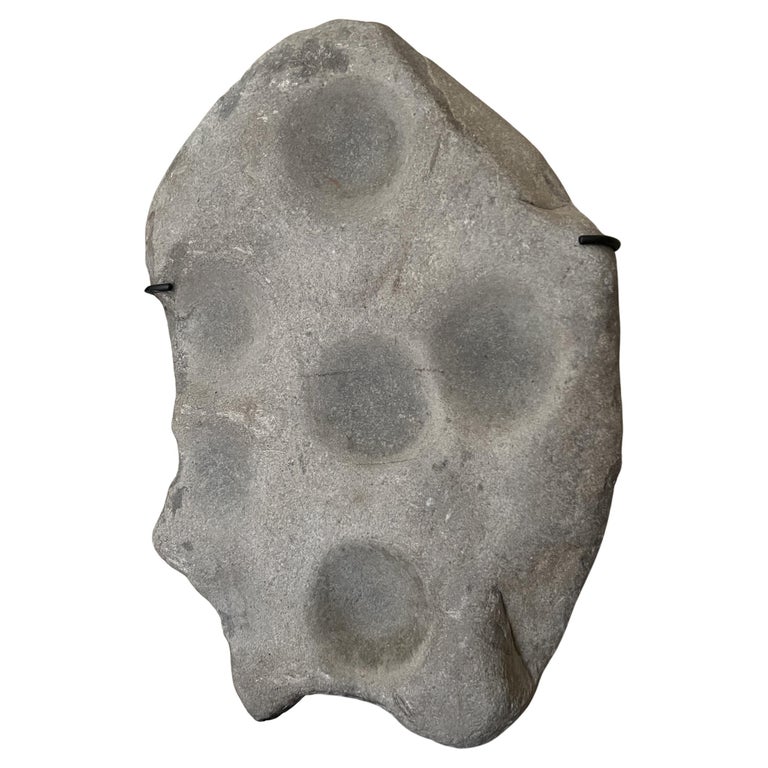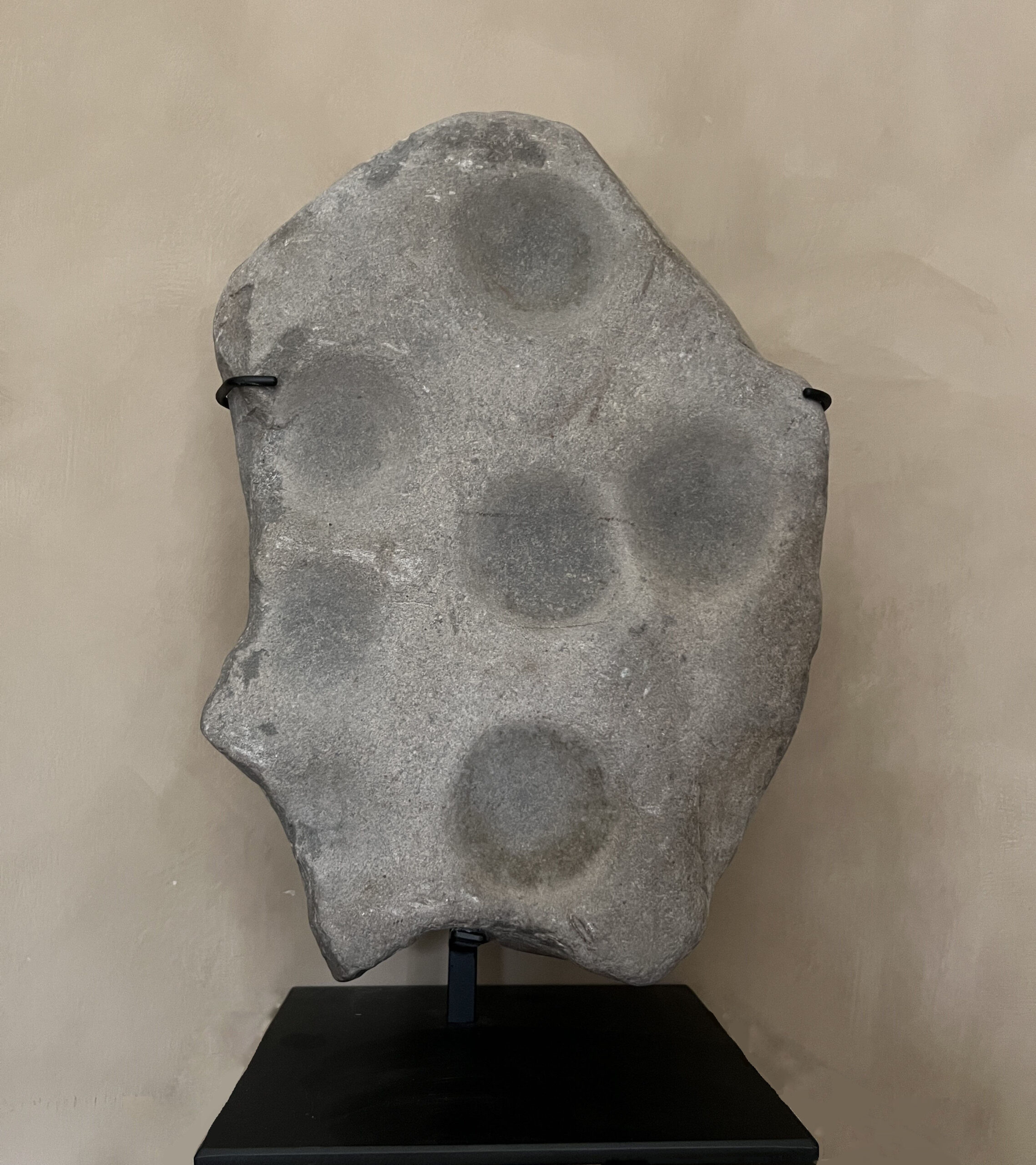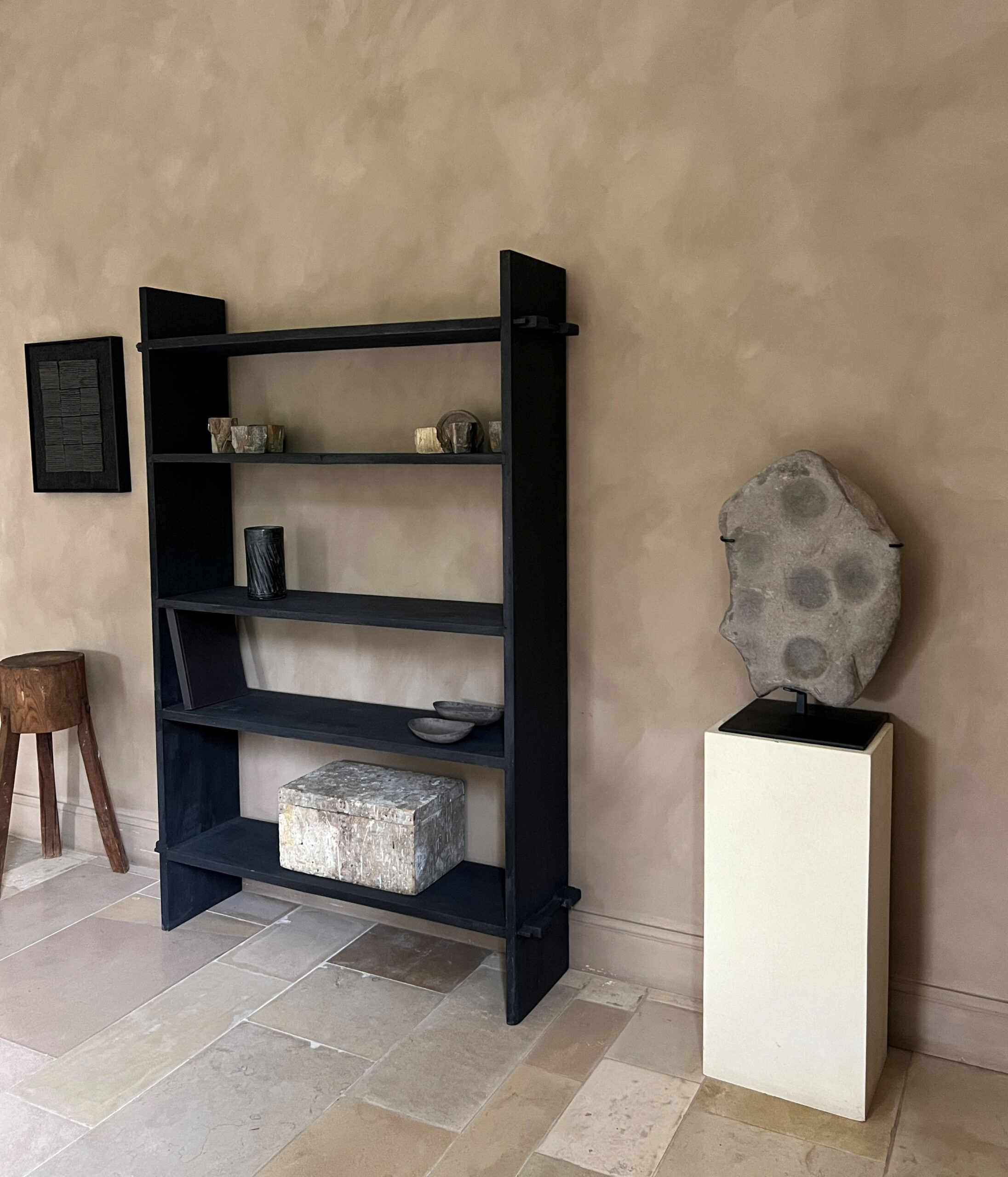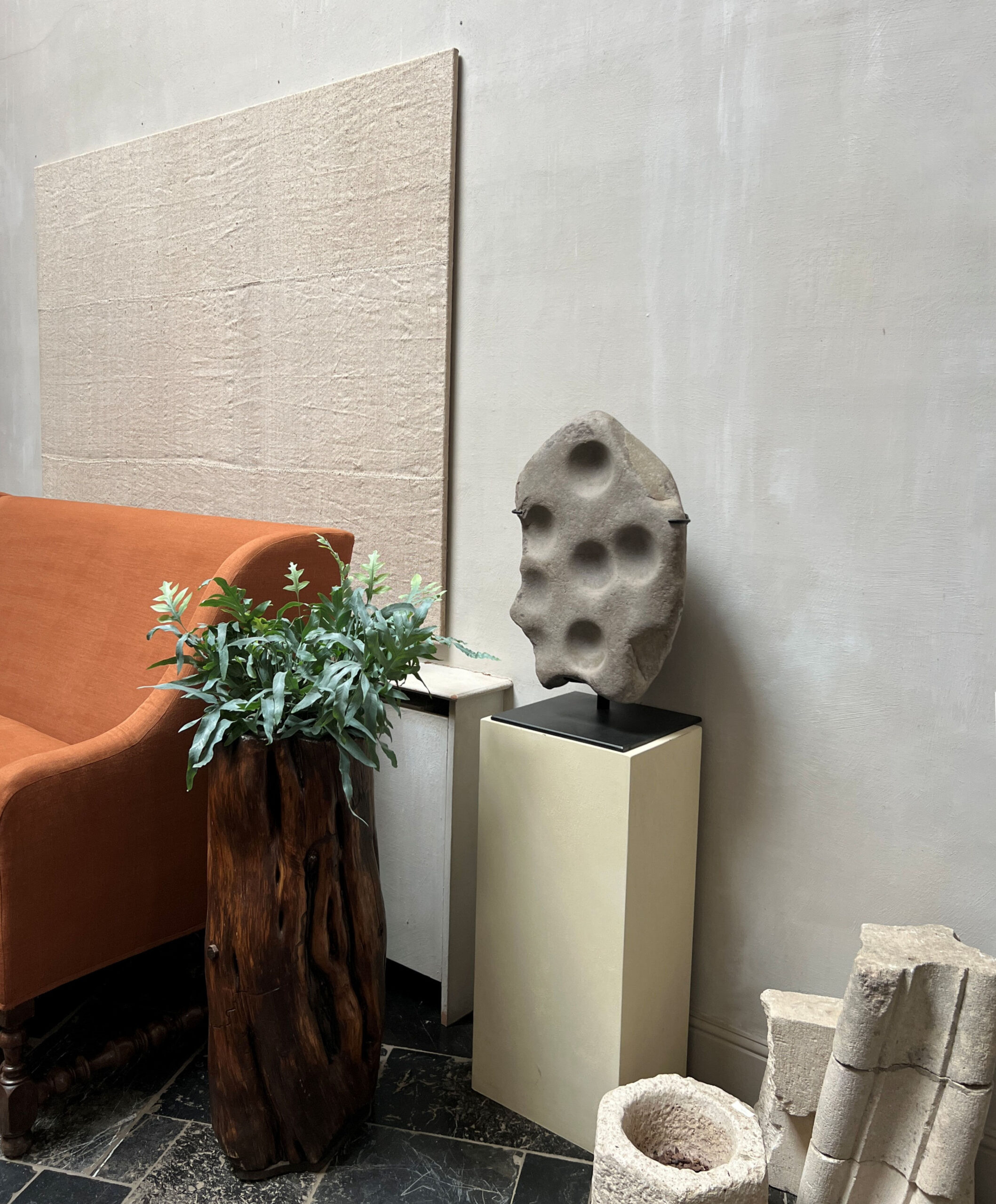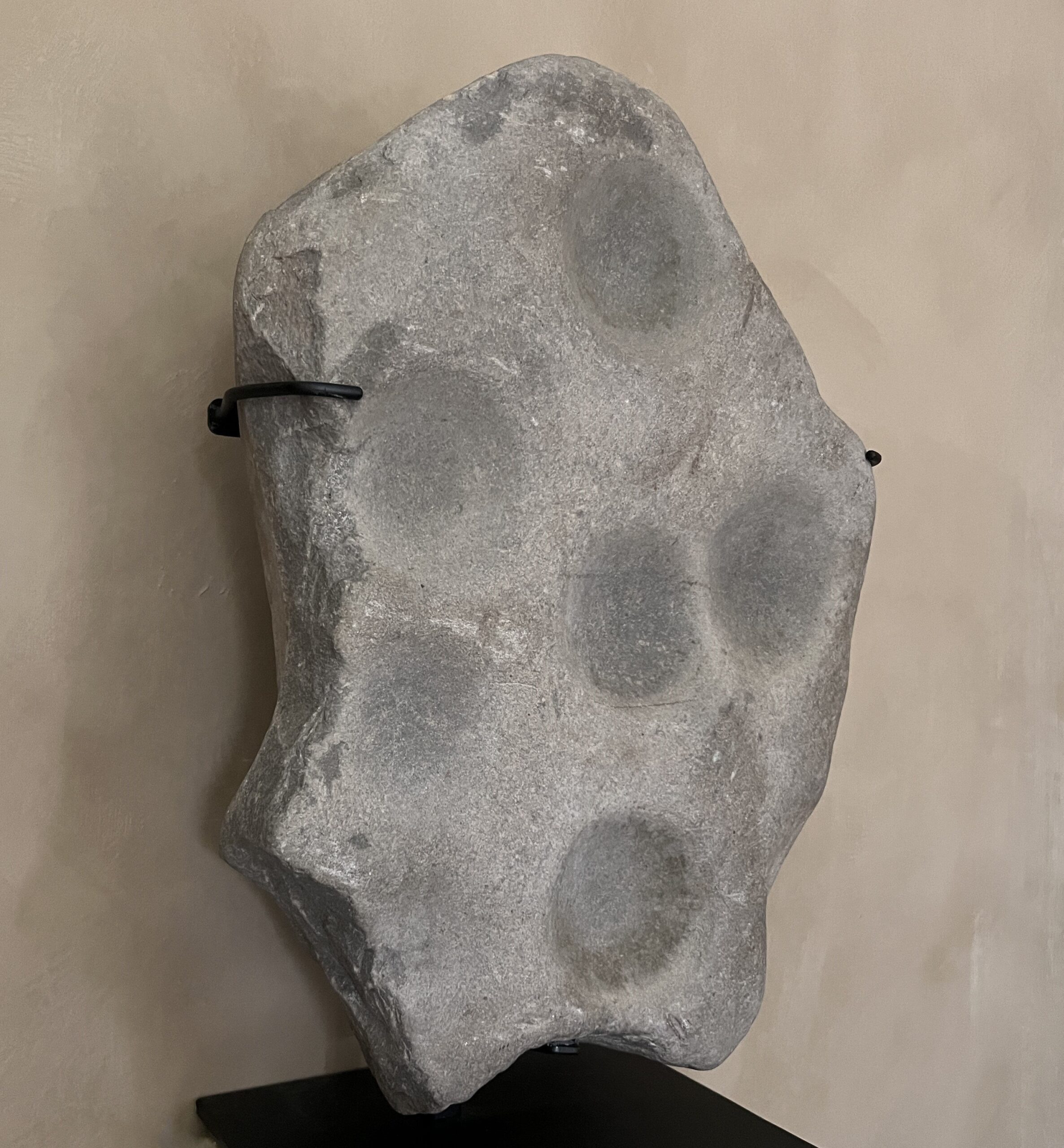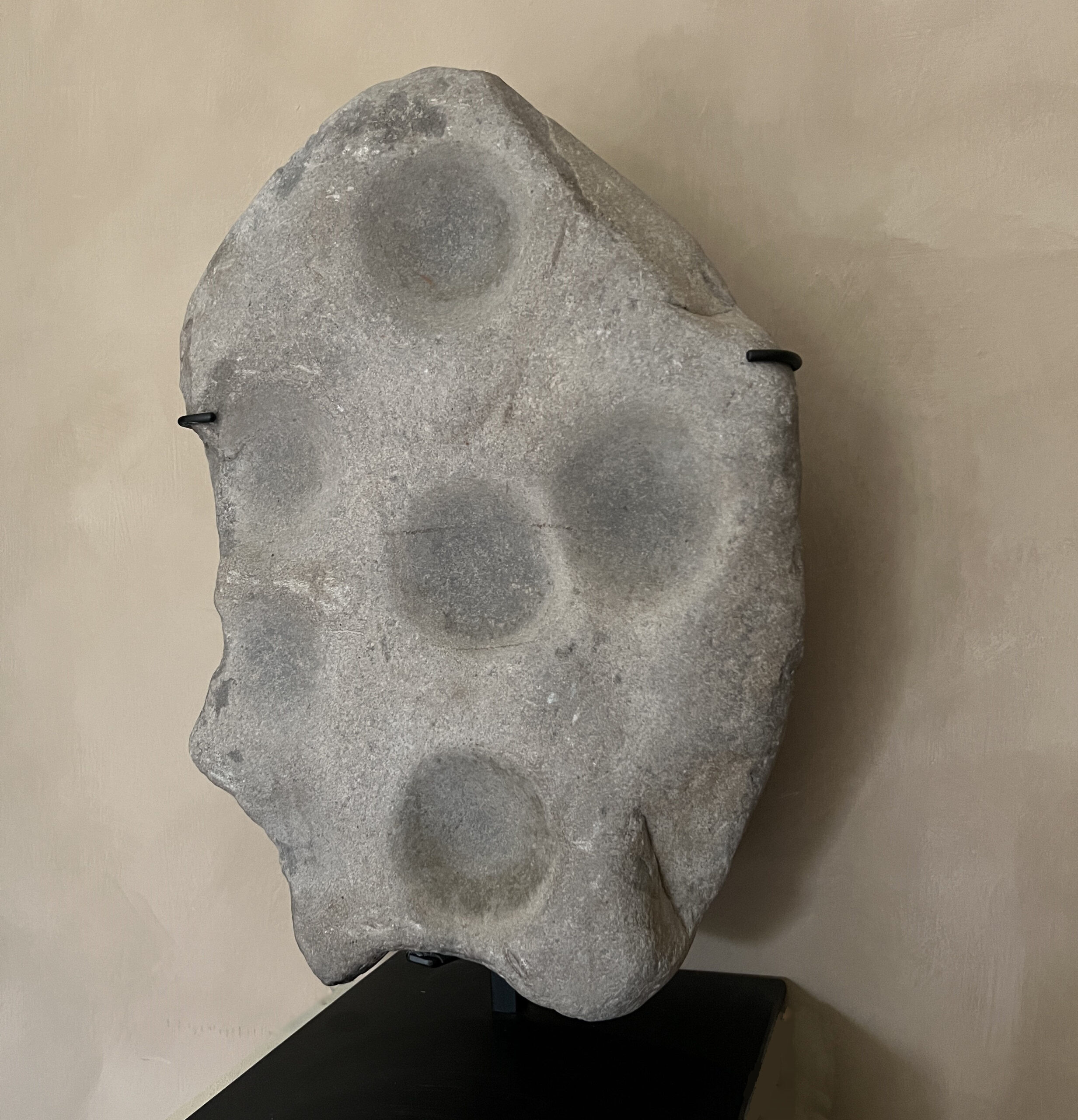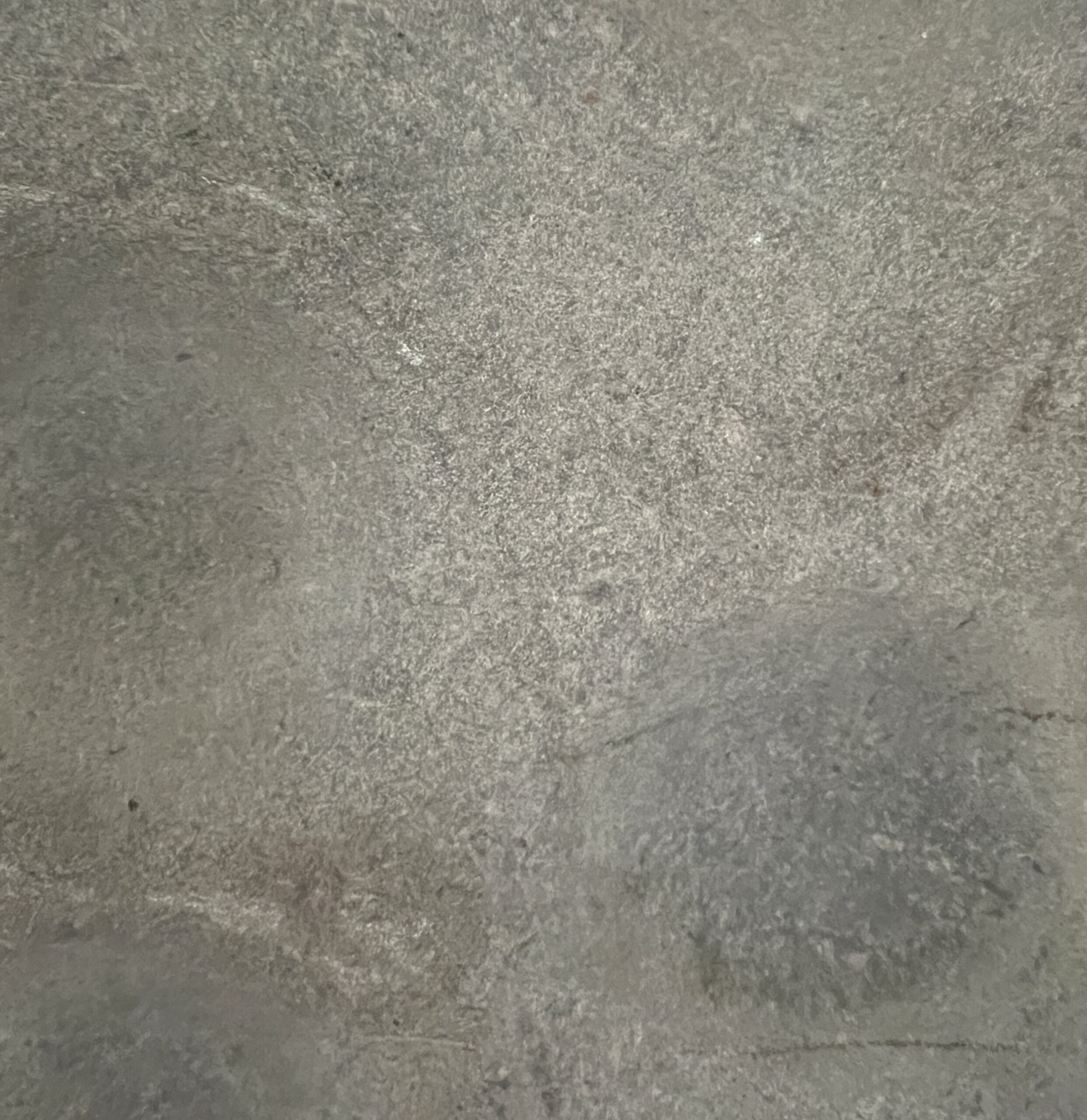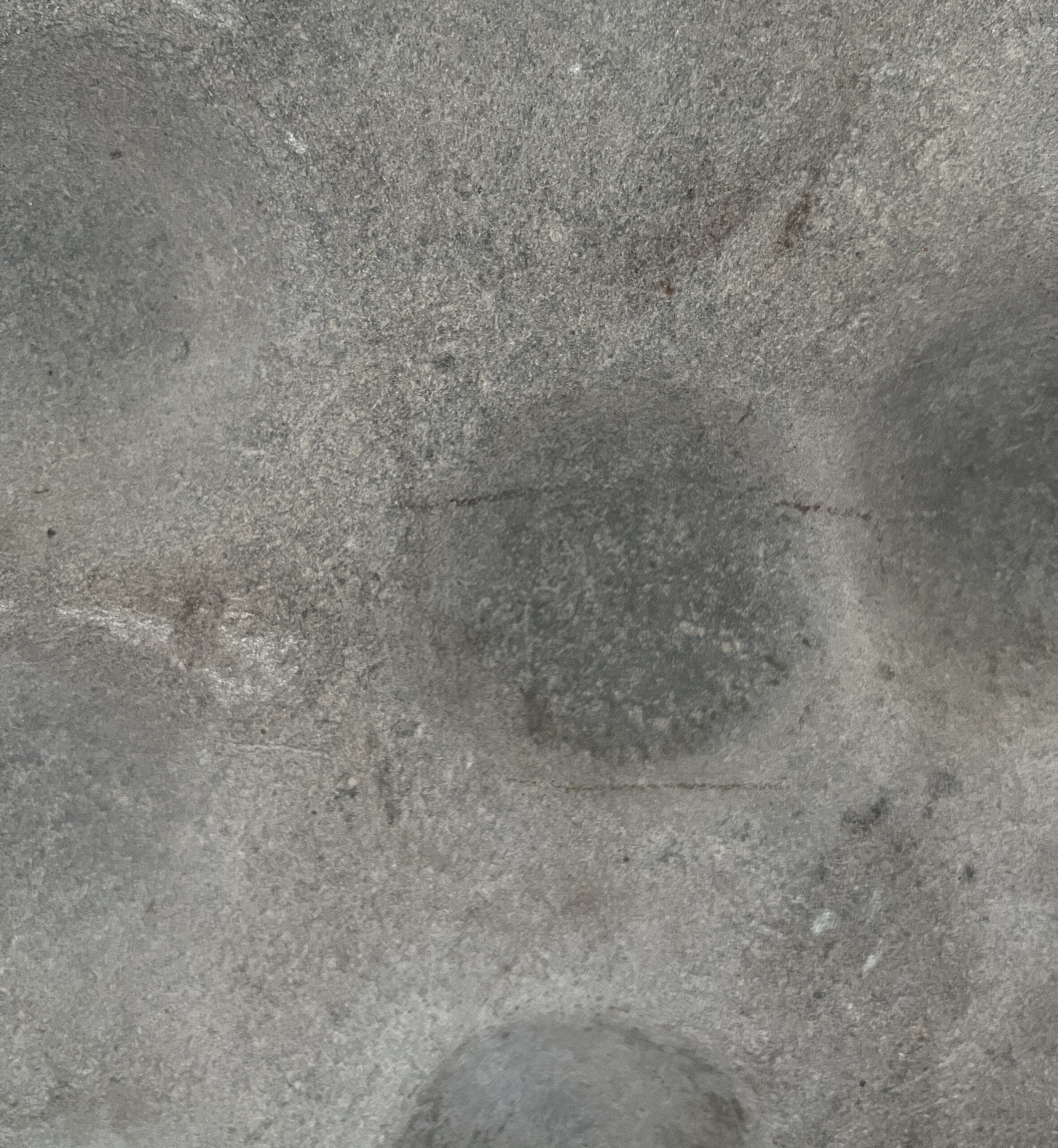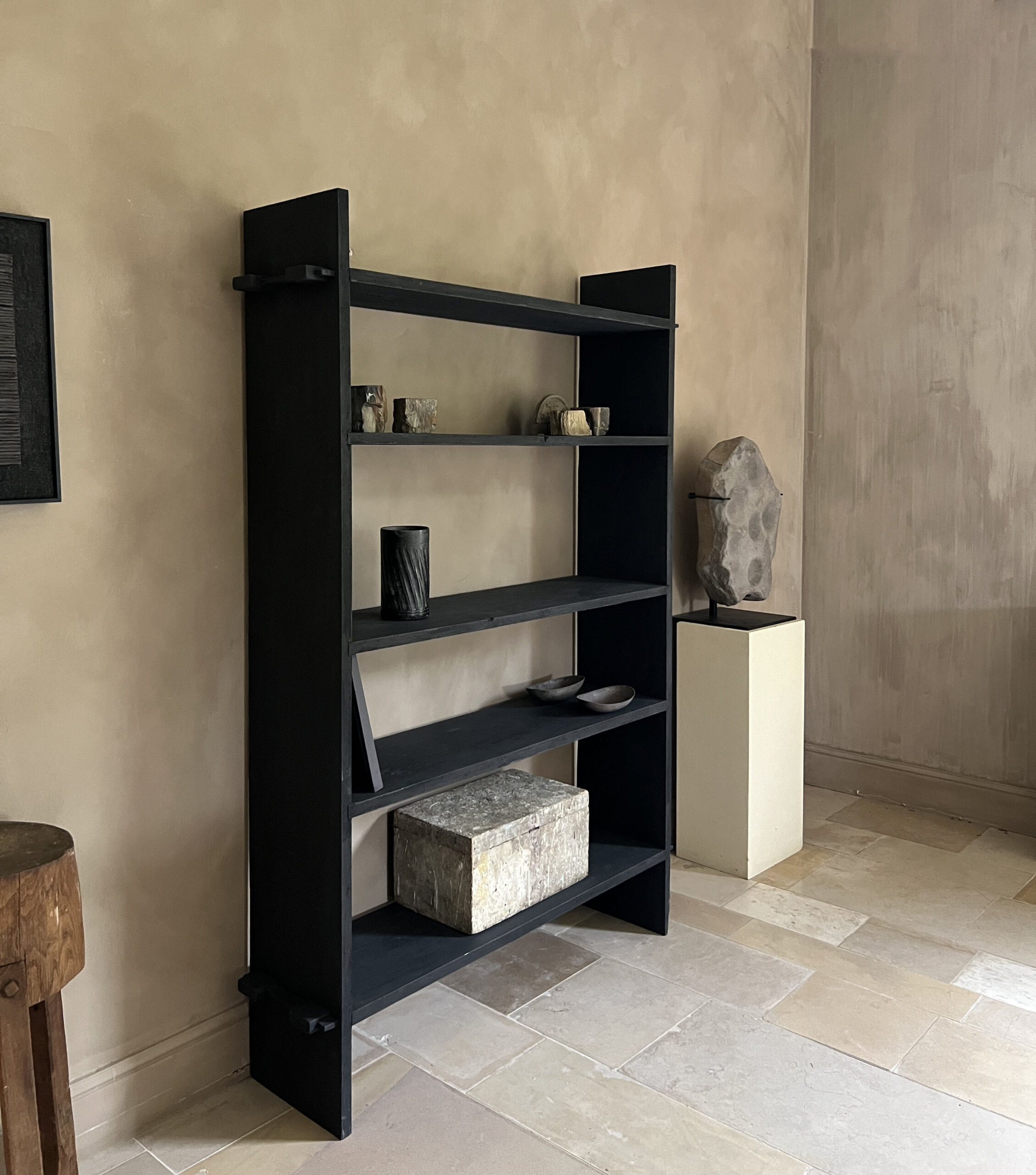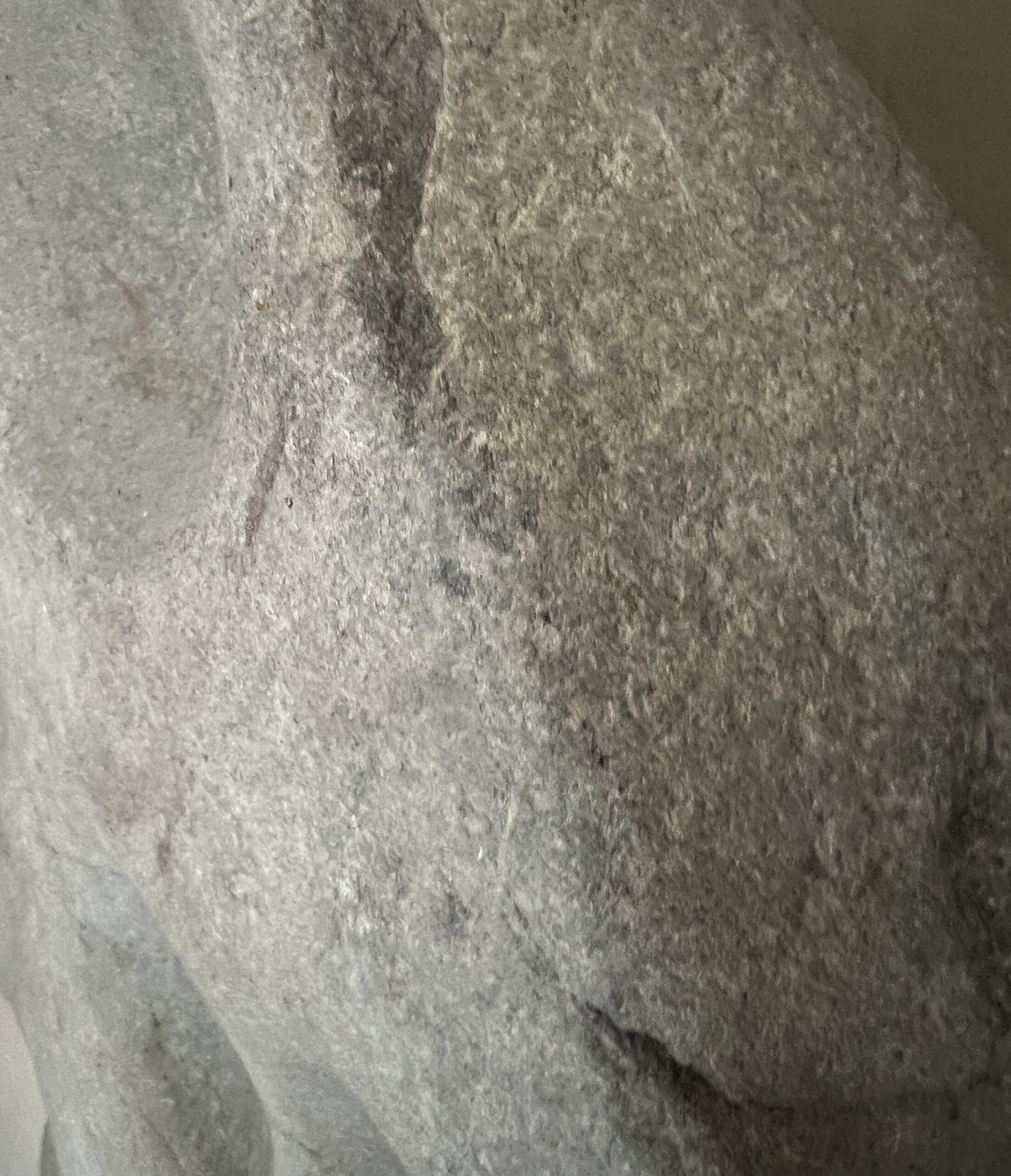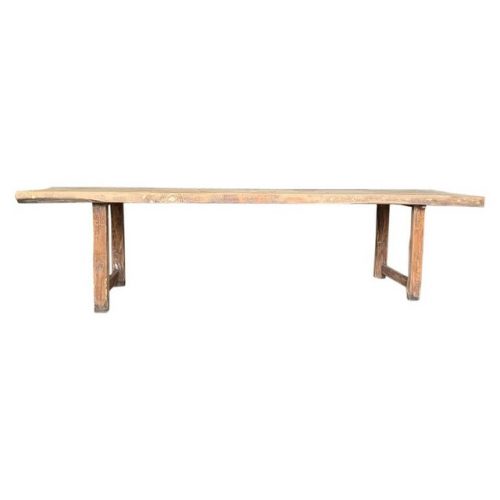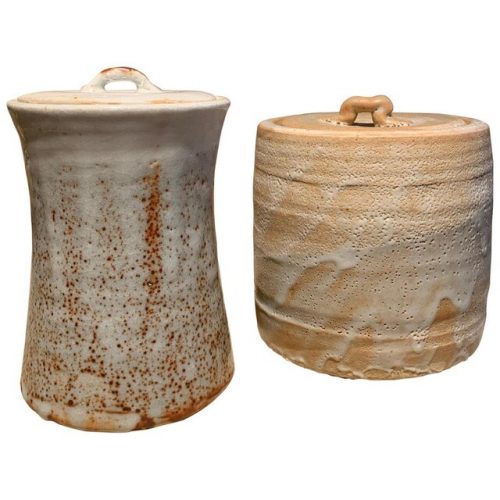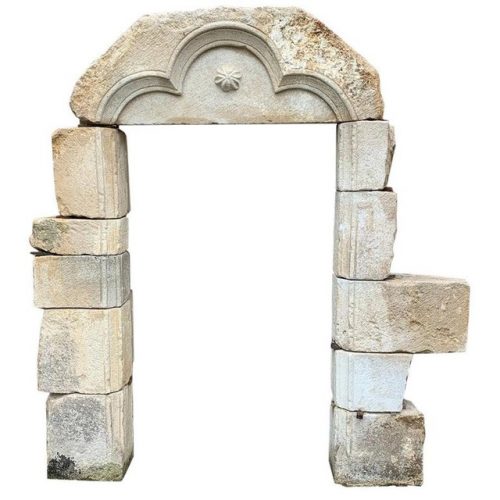Bronze age ceremonial cup stone
This peculiar archeological piece is described as a 'cup stone'. These cup marked stones have been found worldwide and been dated from 300.000 bc up to 1000 bc. The exact purpose of these remain unknown but it is assumed the smaller, older singular cuptstone rocks were used as a small mortar. Larger examples as these have been found all over Europe but in a more spiritual context.
Usually they are found in the center of Menhir groups or places of worship. It is believed these large stones were altars where the cups in the stone catched the dew and rain as a gift from the gods/nature.
This particular piece is most likely a corner fragment of such a altar (see a simular example from Tanum, Denmark, Milstreu & Dodd, 2018, fig.8).
From a collection acquired on the UK art market from various auction houses and collections mostly before 2000. From an important Cambridgeshire estate; thence by descent.
See Glob, P. V., Helleristninger i Danmark Vol. VII, Jysk Arkæologisk Selskabs Skrifter, Odense, 1969; Milstreu, G.& Dodd, J., The cupmark: the smallest, most frequent, cosmopolitan and most complicated symbol in Adoranten, 2018.
30 x 40 x 63 h, Ref. 3051

